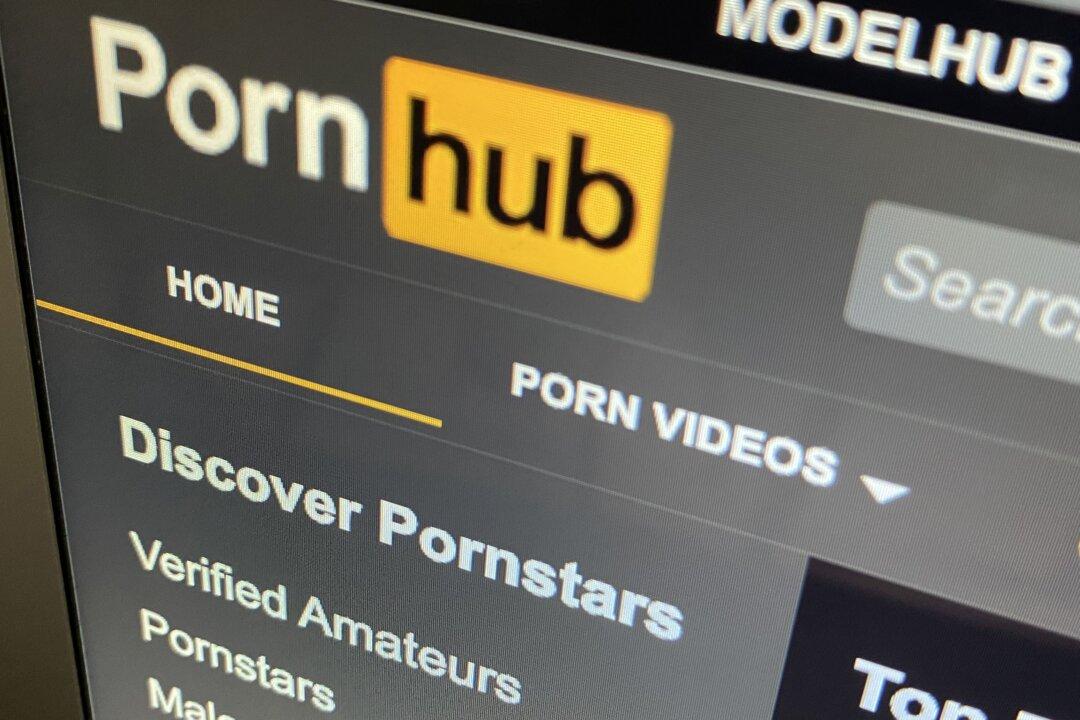Commentary
Emboldened by the powers granted to them during the pandemic, public health officials apparently think everything has become a public health issue.

Emboldened by the powers granted to them during the pandemic, public health officials apparently think everything has become a public health issue.